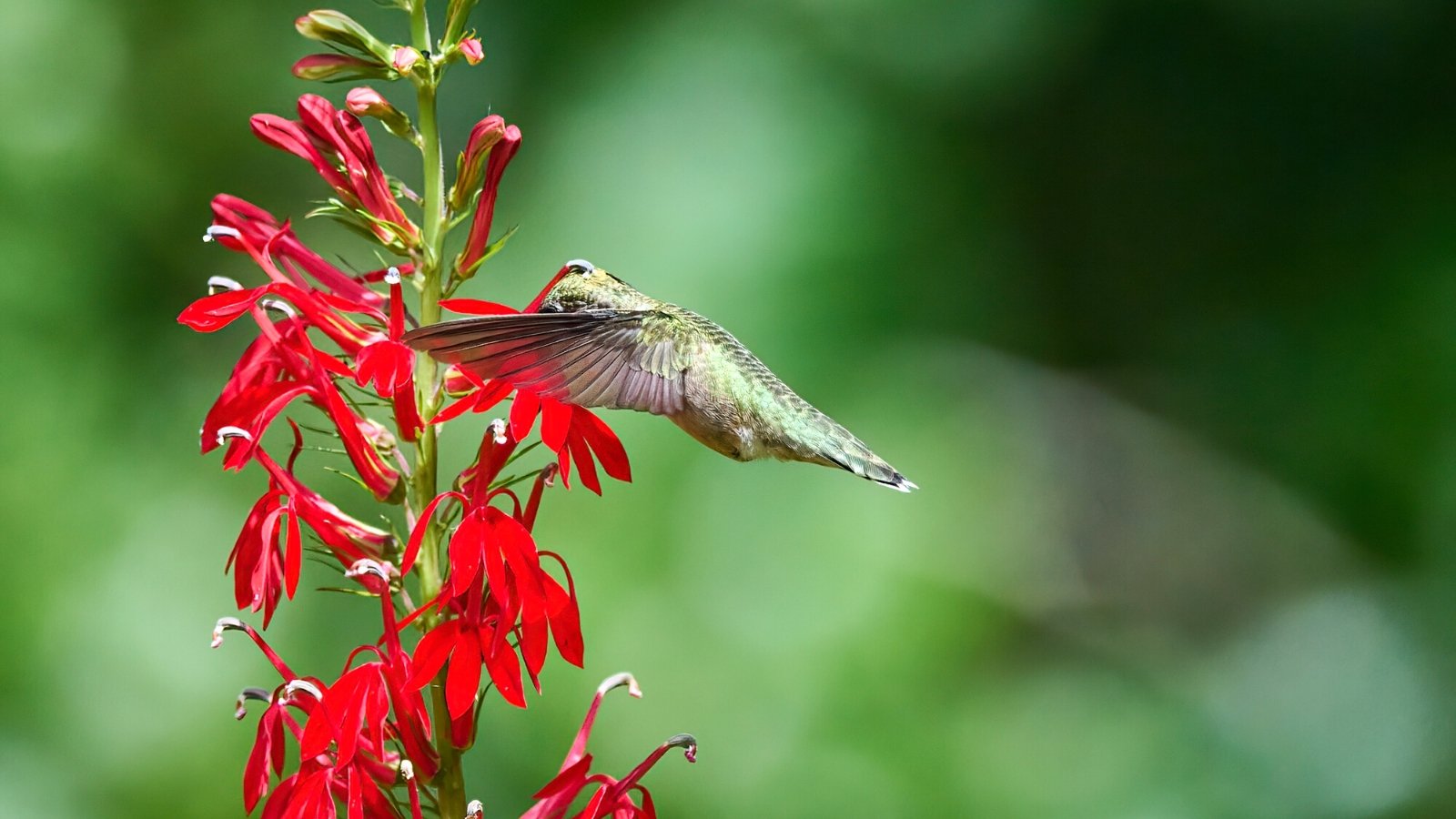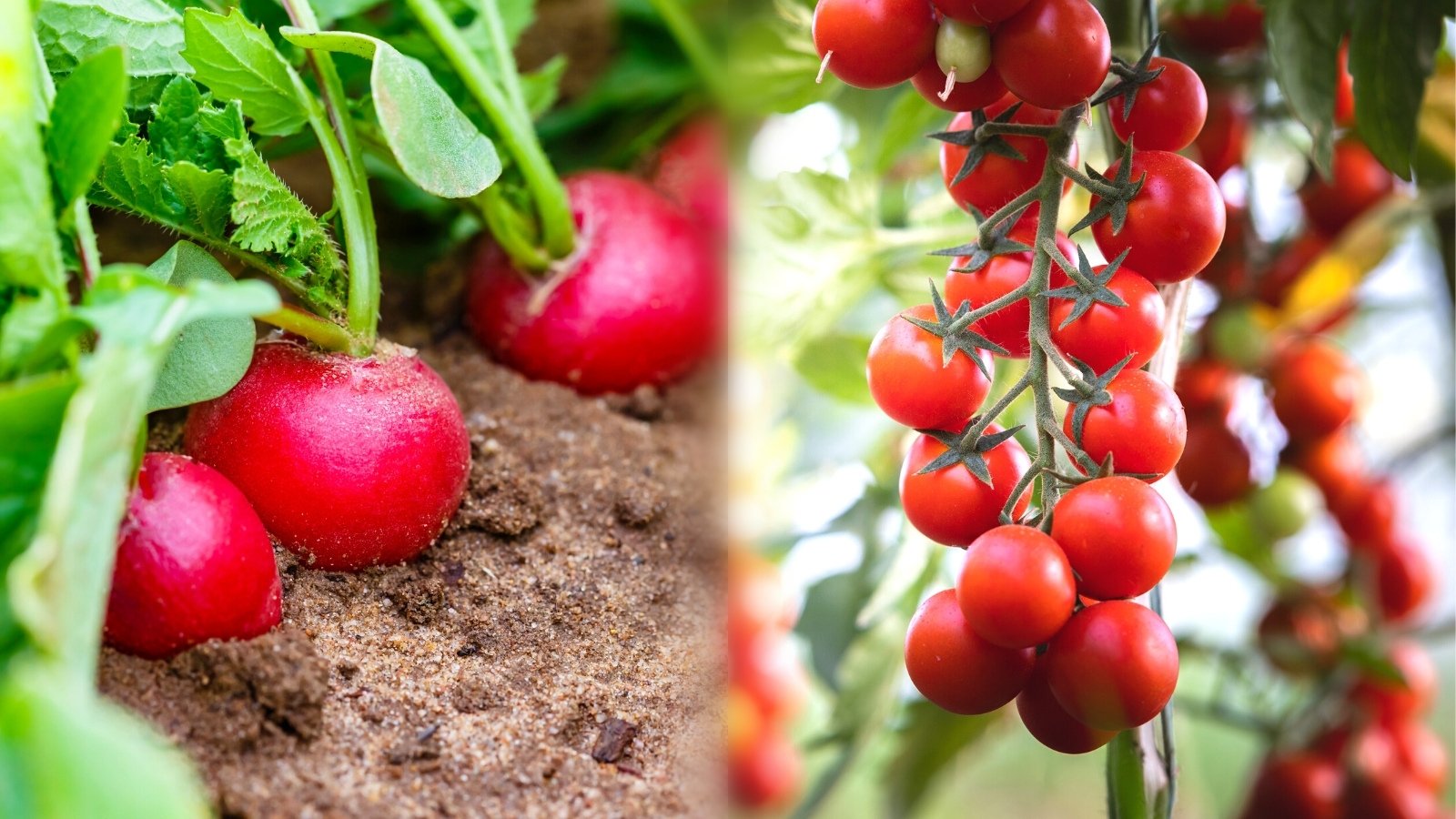It happens to all of us gardeners…
We’re out in the garden: pruning, hoeing, clipping, thinning…and we forget to pick up a tool.
This happened to me recently with my beloved Felco F-2 Hand Pruners, arguably some of the best pruners you’ll ever buy. They’ll last you a lifetime…IF you take care of them.
Mine got all rusted and weren’t gliding as smoothly as they once did. They also weren’t cutting very well, especially when I tackled an overgrown bougainvillea.
So I set out to clean them, and came across a super-simple method that got them in tip-top shape again. You can use this method for all of your gardening tools (or any tool in general), and it’ll leave your tools gleaming once again.
If you prefer a video, check out my guide here. Otherwise, read on for the step-by-step guide.
What You’ll Need
- Rusty pruners
- White distilled vinegar
- Mason jar
- Scour pads
- Lubrication oil – We recommend Felco 980 Spray
- (Optional) Heavy-duty soap – I used LAVA Soap
Step 1 – Soak Tools in a Vinegar Bath
First of all, let’s take a look at how rusty my Felco 2’s were before cleaning them:

Not too bad, but definitely in desperate need of some cleaning! Get your mason jar and white distilled vinegar, and place your tools in the jar. You’ll want to leave them in the jar for at least 24 hours to allow time for the acidity of the vinegar to do its work on the surface of the tools.

After 24 hours, the rustiest sections will have fallen off your tool and the rest of it will be loose and easy to tackle in step two.
Step 2 – Scour Rust Off Of Tools

Now that you’ve soaked your tools, it’s time to hit them with the scour pad! Make sure you get one with metal in it — you’ll want the heavier duty scouring power to get off the most stubborn bits of rust. For a tool like my pruners, it’s important to get into the nooks and crannies, including the gears.
Don’t be afraid to be heavy-handed here: we’re going to dry and lubricate the tool next, so it’s important to get off all of the rust.
Step 3 – Dry and Lubricate Tool

After you’re satisfied with your scouring efforts, grab some paper towels or a cloth and thoroughly dry your tool. It’s important to get it as dry as you can, because we’re going to apply a lubricating and rust-protecting oil next, and water + oil do not mix!
We recommend Felco 980 Spray to get the job done – it’s super handy and the telescoping spigot makes applying it to hard-to-reach spots an absolute breeze.
Apply liberally and then use another towel or cloth to really rub it into the tool surface.
Step 4 – Enjoy Your Clean, De-Rusted, and Lubricated Tool!

There we have it! A perfectly clean, de-rusted and lubricated tool! In the case of my Felco 2’s, I shouldn’t need to repeat this process unless I foolishly leave them out again, which I’ll try my hardest not to do.
After washing my hands with some Lava Soap, I was done with the cleaning and de-rusting process inside 15 minutes!
Why Does Vinegar Remove Rust So Well?
If you’re like me, you’re probably curious as to how this method works so well. What is it about vinegar that makes it such an effective remover of rust?
To answer that question, I have to get a little science-y on you. First of all, we have to answer this question:
What is rust?
Rust is hydrated iron oxide, which is reactive to vinegar. If you want all of the nerdy details, here’s what’s happening on a chemical level:
3CH3COOH + FeOOH –> Fe(CH3COO)3 + 2H2O
What that gibberish is saying in English is the following:
Acetic acid (contained in vinegar) plus rust reacts to form iron (III) acetate, which is water-soluble. The reaction also creates some water as well.
That’s why the water looks rusty when you check on your tool after 24 hours – there is iron acetate in it!
This reaction doesn’t actually clean the metal, it just removes existing rust. That’s why we have to scour the rest of the rust off and add some lubricating and protective oil to make sure that no new rust forms.














